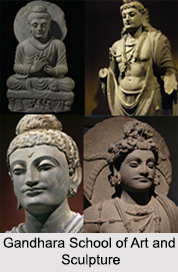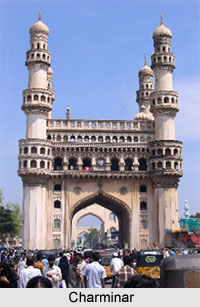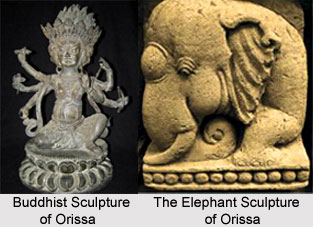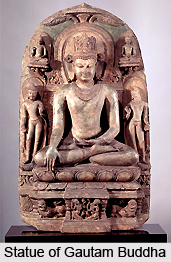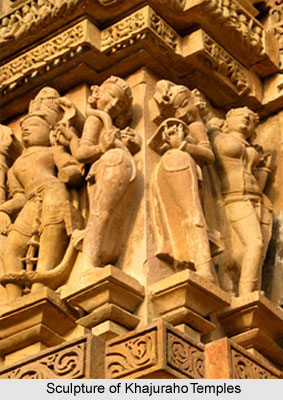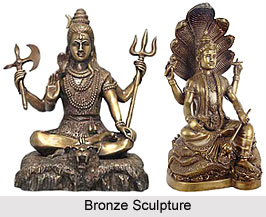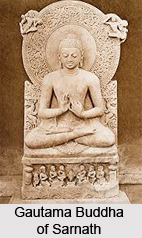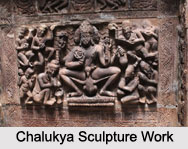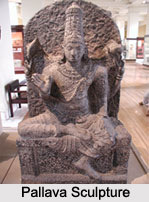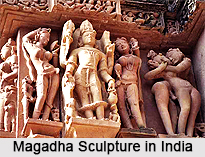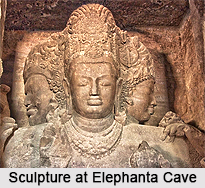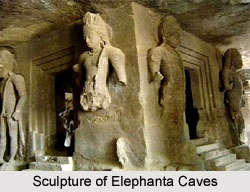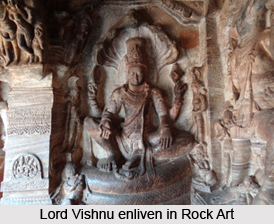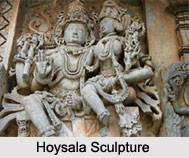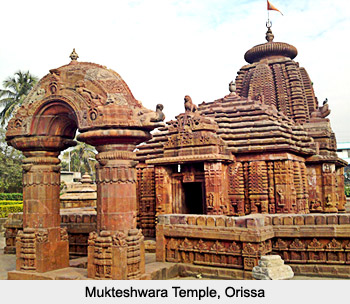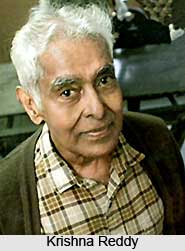 Krishna Reddy was born in Chittoor, Andhra Pradesh in the year 1925. He joined Kala Bhavan, Shantiniketan 1941. After graduation, he taught art at Kalakshetra in Madras for three years. Thereafter he went abroad in the year 1951. He studied at the Slade School of Fine Arts, London and then he studied sculpture with Osip Zadkine between 1952 and 1955 in Paris. He also studied engraving with S W Hayter between 1953 and 1955.
Krishna Reddy was born in Chittoor, Andhra Pradesh in the year 1925. He joined Kala Bhavan, Shantiniketan 1941. After graduation, he taught art at Kalakshetra in Madras for three years. Thereafter he went abroad in the year 1951. He studied at the Slade School of Fine Arts, London and then he studied sculpture with Osip Zadkine between 1952 and 1955 in Paris. He also studied engraving with S W Hayter between 1953 and 1955.
He is both an internationally acclaimed sculptor and a renowned printmaker. Although initially trained as a sculptor, he is noted for his incessant technical research in graphic arts. His technical advances in the study of inks, led to a breakthrough enabling artists to print multiple colors from a single plate at the same time. His work in sculpture and print are deeply rooted in a lifetime commitment to spiritual study. Serene meditative qualities based on observations of nature combined with luminous glowing color characterize his creations.
He is considered a master in intaglio printmaking. Reddy received the Padma Shri in 1972. His prints are abstract and he creates subtle grid-like designs on his plates. He had used techniques of plate preparation such as aquatint, mezzotint, photo engraving and deep biting. He has succeeded in developing colour fields in printing with juxtaposed dots or broken colours. Krishna Reddy, the printmaker, has a unique vision of this world. He is a worshipper of nature and life and his ability to invest each graphic plate with an elemental experience that subtly merges with the spiritual, leads to an intensely satisfying experimentation. To explore the artistic development of Krishna Reddy is like making a journey through time.
Krishna Reddy has worked on the plate like a sculpture, carving contours of relief with tools in addition to etching with acid. He worked with a variety of hard to soft rollers, rolling out one colour of ink at a time. Some colours would mix, while others would repel one another. He has inspired several generations of artists with his scientific technique, his gentle manner and outlook of life. It was in Kalakshetra, Chennai that he first formulated the principle that has illuminated his work- geometricism. Geometrical forms for him represent essential but always veiled principles of order that constitute appearance.
Krishna Reddy is undoubtedly one of the most important Indian artists of this millennium. He has been honoured with a "Padma Shri" in recognition of his significant contribution to contemporary Indian art.




